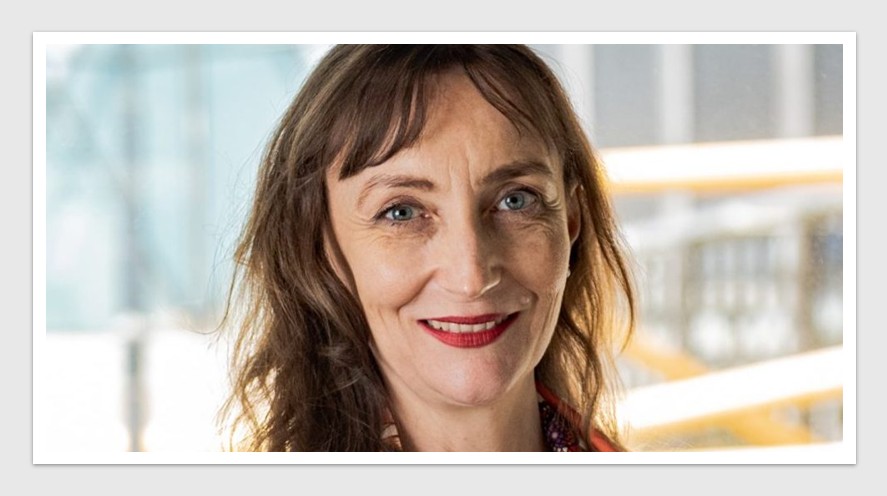News & Trends - MedTech & Diagnostics
When patient safety meets the clock: Hospitals caught in the crossfire of targets and turmoil

Public hospitals find themselves in the throes of a dual crisis: declining productivity amid surging demand, pushing total system costs higher while state and territory budgets strain under mounting fiscal pressures.
A directive from Queensland Health mandating emergency department (ED) staff to discharge or transfer patients within 24 hours has ignited a firestorm of controversy, amplifying concerns over patient safety amidst broader systemic challenges plaguing public hospitals nationwide.
Critics lambaste the Queensland Health directive, which threatens funding cuts for hospitals failing to meet targets, arguing it jeopardises patient care by intensifying pressure on hospital staff.
Mark Bailey MP, Queensland Shadow Minister for Health, Mental Health, and Ambulance Services, said “Patient safety in emergency departments is being undermined by the Crisafulli Government’s so-called ‘real time’ data which is not real at all. Health staff have revealed how hospital data is being manipulated to sound better rather than performance being better.
“Threats to withdraw funding for hospitals have been made and its patient safety that’s being compromised. Just appalling approach from Premier Crisafulli and Minister Nicholls and it needs to be reversed asap.”
The initiative, launched to monitor the real-time performance of 25 major hospital emergency departments and seven Satellite Hospitals, updates median patient wait times and triage statuses every 15 to 30 minutes. This directive has created a tense atmosphere in EDs across Queensland, with fears mounting that patient safety is being compromised in the relentless pursuit of performance targets.
Meanwhile, turmoil at Westmead Hospital has laid bare yet another instance of a beleaguered public health system grappling to deliver equitable, high-quality care. Graeme Loy, CEO of Western Sydney Local Health District (WSLHD), resigned amidst allegations of severe patient safety lapses and delays in cancer diagnoses, just hours before facing a vote of no confidence.
Adding to the upheaval, the entire interventional radiology team at Westmead Hospital resigned en masse following prolonged disputes with hospital management.
Public hospitals, which represent a third of the healthcare expenditure and account for 65% of total hospital beds, 60% of total hospital admissions and 90% of total emergency department (ED) admissions, have seen productivity stymied by rising costs exacerbated by labour shortages and supply chain disruptions from COVID-19, compounded by inflationary pressures on salaries and supplies.
Despite a funding increase raising the National Efficient Price (NEP) from $6,465 to $7,258 – a 12.3% increase on paper – the real uplift, adjusted for inflation and population growth, amounts to just 5.9%. This modest increase falls short of addressing the escalating burden of chronic diseases and long-term underfunding impacts.
Hospital activity in Australia is rising at 3.1% a year, outpacing population growth and signalling a deeper issue. As access to primary, specialist, mental health and aged care falters, hospitals are becoming the system’s default catch-all, absorbing patients who should never have ended up there.
Proposals for reform have languished in government-commissioned reports over the past decade, highlighting a gap between acknowledging solutions and implementing them during short election cycles.
How Health Minister Mark Butler and his department respond to these recommendations in Labor’s second term will reveal whether the government is prepared to take a long-term view – treating healthcare not as a cost to contain, but as a strategic investment in national productivity. It will also test the government’s willingness to truly hear the patient voices while balancing the the sharp elbows of medical colleges, industry bodies, pharmacy groups, health insurers, and private hospitals.
![]() In reimagining healthcare across the entire patient journey, Health Industry HubTM is the only one-stop-hub uniting the diversity of the Pharma, MedTech, Diagnostics & Biotech sectors to inspire meaningful change.
In reimagining healthcare across the entire patient journey, Health Industry HubTM is the only one-stop-hub uniting the diversity of the Pharma, MedTech, Diagnostics & Biotech sectors to inspire meaningful change.
The Health Industry HubTM content is copyright protected. Access is available under individual user licenses. Please click here to subscribe and visit T&Cs here.
News & Trends - MedTech & Diagnostics

Landmark study exposes stark differences in ICD battery life and patient risk
A new independent study examining over 35,000 implantable cardioverter-defibrillators (ICDs) has uncovered significant differences in battery longevity across several medtech […]
MoreNews & Trends - Pharmaceuticals

Industry roundtable to shape Australia’s genomics policy
An invitation-only roundtable of key industry leaders and representatives from both federal and state governments is convening today to shape […]
MoreNews & Trends - MedTech & Diagnostics

Pathology indexation reboot leaves essential services behind
After nearly three decades of stagnation, the federal government has reinstated annual indexation for selected Medicare Benefits Schedule (MBS) pathology […]
MoreDigital & Innovation

Navigating telehealth’s crowded rulebook: New consortium adds its voice to the mix
A newly formed Consortium of telehealth providers and private health insurers has come together to develop national standards for the […]
More